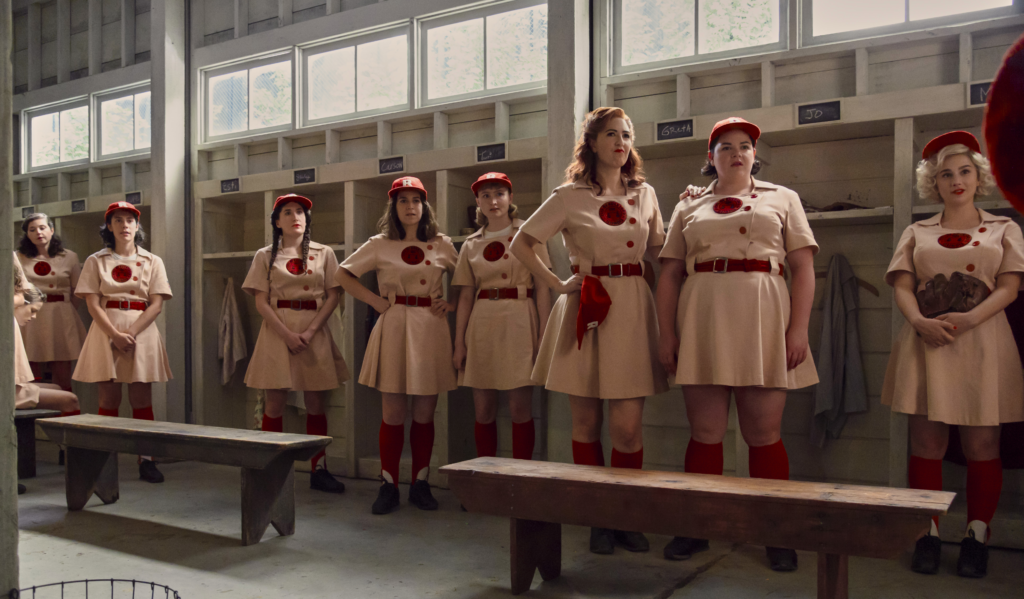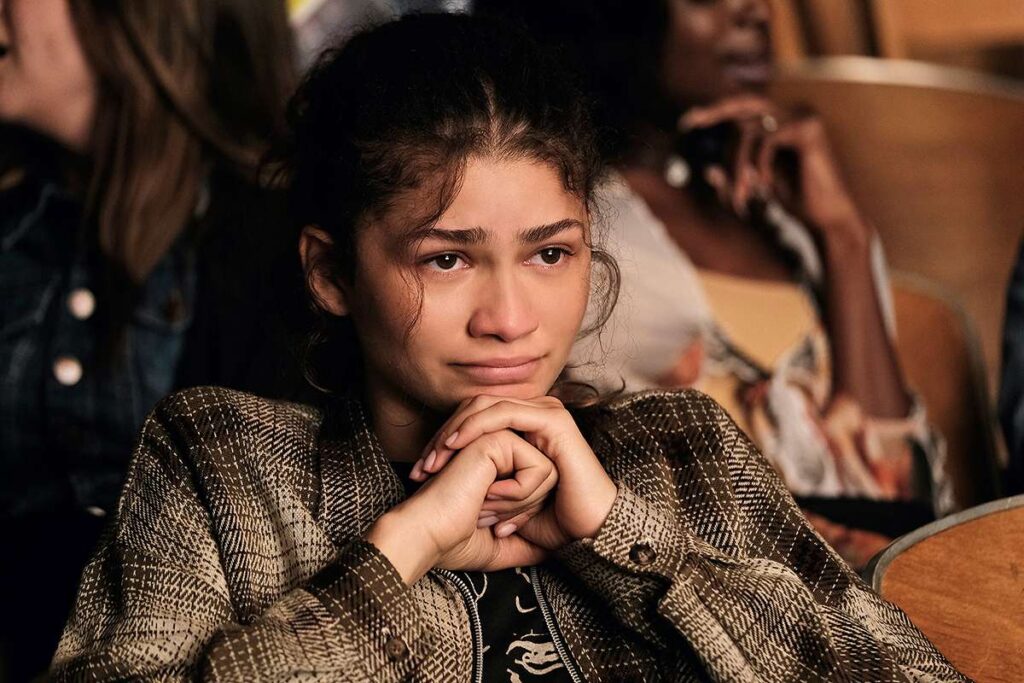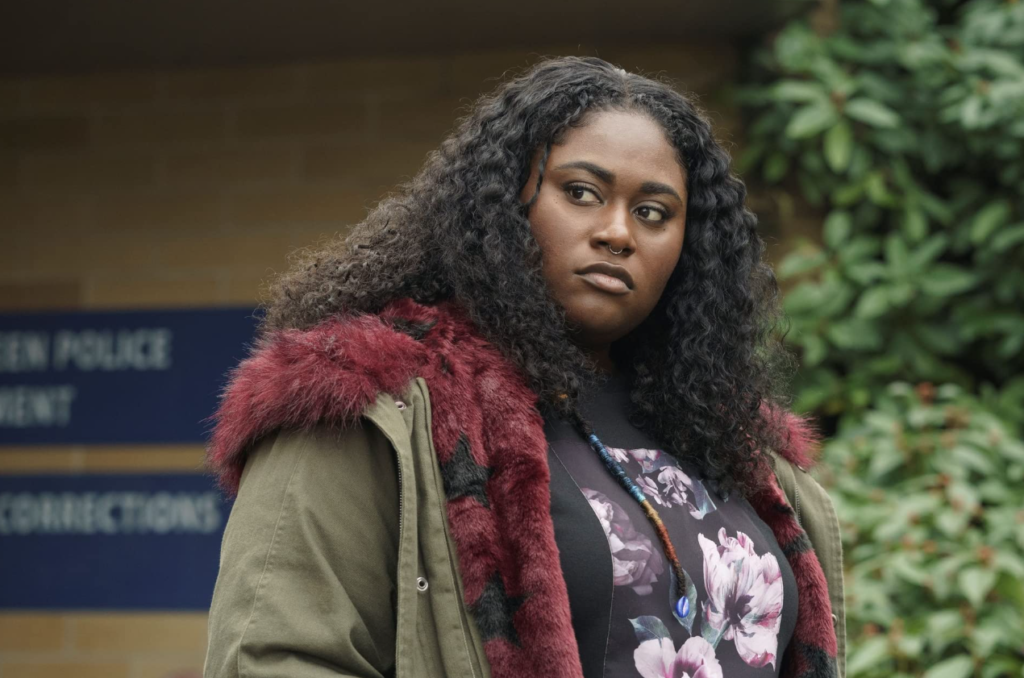If we
want greater gender equality in Hollywood, should the Academy Awards still be
splitting its acting awards along gender lines?
This was
a question posed to me by a friend a few weeks ago as we watched the 72nd Golden Globe Awards.
“Of
course!” I responded quickly. Why would we
ever change something that draws national attention to the incredible work of
these women?
“But
why?” She asks me, genuinely curious and perplexed. Her reasoning: If we
accept the two categories, do we also accept the idea that men and women can’t
compete with each other? That one is somehow superior or inferior, or so
different in ability or skill that they cannot be measured by the same
standard?
Well, blast. I’m stumped.
Since she
posed that question I’ve been internally debating with myself. How can I
profess that we need gender equity in Hollywood, but still support a system
that separates men and women and judges their acting ability only against their colleagues of the same gender? Does that system in some way reinforce inequality?
I
continued this debate with friends, colleagues, and filmmakers over the past
week, and the conversations have been fascinating.
Yes, my feminist thought-leader friend says to me, there should continue to be
separate male and female categories. In theory, she says, by creating one
gender-neutral category, we would be confirming that male and female actors are equal
in skill in their craft. But in reality, there is
great disparity in access and opportunity. The roles often aren’t
equal.
If you’re
in the entertainment industry, and particularly if you’re a woman, you’re
familiar with the statistics. Women are not represented equitably in films: three out of four speaking roles are still given to men. Male actors continue to
get paid more than their female counterparts. In
2013, women accounted for fewer than a third of all
speaking roles in the year’s 100 top-grossing domestic films, and just 15
percent of those films had women in leading roles. As Maggie Gyllenhaal said at the Golden Globes, we are only just
now finally seeing some complicated, multidimensional women characters.
These
numbers are driven by the idea that male stories and male characters outperform
films with female leads at the box office. While there are outliers like Bridesmaids, The Hunger Games, The Heat, and Gravity, the shift towards equity is
slowed by the great FOFFF, AKA the Fear Of Female Film Failure. Anytime a film
with a female lead fails, it becomes the latest example of why studios shouldn’t
invest in them.
And so,
my friend argues, because there is less equity in opportunity in the films
released each year, and thus fewer interesting and complicated roles
for women — roles that could lead to a nomination — it isn’t a fair
competition. So we should continue to have separate categories.
Award nominations are crucial not just for an actor’s career, but also the bottom line of a film. Films with Oscar nominations
will see a 250% increase in their revenue vs films that don’t. A nominated
actor will see the coveted “Academy Award Nominee” label on his or her next
film’s posters, trailer, and in their paycheck. The studio or
distributor will increase funds for their marketing campaign to help them get
that award, which will help actors get better roles and stories. In the
case of women actors, this can create an upward spiral that increases
opportunities for other women.
So this I
can understand. We need the two categories because until we have equal
opportunity for projects, we won’t see women nominees.
BUT, I
say to her, then shouldn’t there be a Best Female
Director category?
“Blast,”
she says. “Let me think about that and get back to you.”
In the 85-year history of the Academy Awards, there has been only 4 female directors
nominated and only 1 winner, Kathryn Bigelow for The Hurt Locker. Like
their actor colleagues, a win can open doors to new projects and bigger
budgets.
Recently,
the nominations for the Academy Awards were announced, which did not include Ava DuVernay in the Best Director category. It was the Great Snub of 2015.
Yes,
Paramount sent out screeners too late. And while Selma was one of 8 films
nominated for Best Picture, only 5 directors were nominated. The obvious brilliance of her work and the the lack of a Best Director nomination for her sent a shockwave across the industry.
Women
filmmakers consistently have a difficult time making it to the multiplex, let alone the vaunted Oscar nominations. According to San Diego State University’s Center for the Study of Women in
Television and Film’s annual Celluloid
Ceiling survey, women accounted for only 16 percent of all directors, executive
producers, producers, writers, cinematographers, and editors working on the 250
top-grossing films last year.
So by
applying the same logic used on acting-performance categories, shouldn’t we
create separate male and female categories for directors to elevate the work
of relatively unknown women filmmakers?
“No,
we can’t have separate male and female categories for directors,” a female
producer friend said.
Why?
Because,
she says, it would diminish the work of the filmmaker.
Go on.
To
paraphrase, she says: “I want to be judged by and with my peers, and my peers
are also men. I never want to be the best ‘female’ anything. I just want to be
the best. And to say I can only be the best among other women implies that I
can’t compete with men. It actually reinforces gender inequity in the industry
by implicitly saying women directors can’t compete without the help of their
own category.”
As the
founder of my own company, I can completely understand and relate to this. But
right now, female directors can’t compete fairly. Or at least it’s very
difficult to.
Female
directors don’t receive the same types of budgets that male directors get. Stacy Smith, co-author of the USC Annenberg’s report on women
in film, says the reason is that studios still see female directors as a risky
investment — despite the fact that, according to the aforementioned SDSU
study, the sex of filmmakers does not have an effect on box-office grosses.
Studios historically have given male directors — even first-time directors —
more funds and opportunity than their female counterparts with experience.
Where we
are seeing equity, and often where the scales are tipped more in favor of
women, is in independent cinema. At the 2015 Sundance Film Festival last month, 32% of the movies that screened were directed by women — compared to only
4.4% of the top 100 movies at the box office each year from 2002 to 2012.
Kickstarter, IndieGoGo, and Seed & Spark have provided women filmmakers with
alternative means of funding. Organizations and investment groups like
Gamechanger, Chicken & Egg, and the Film Circle have all ramped up efforts
in the last couple of years to elevate women directors.
So over
time — and it will probably be a lot of time — we will see women-directed films become award nominees and headline theater marquees as more money flows in.
But does
that mean we have to wait? Shouldn’t we start making that change now, starting
with our culture-driving award shows?
I chat with another friend about this, and she brings up another great point. It’s
possibly not just about the number of films out there with female leads and
directors. It’s also about the institutionalized thinking within the voting
bodies, like the Academy. Even if there are more women directors, there isn’t
much diversity in institutions like the Academy. Here’s a segment from an
article she sent me from Slate:
Every Academy voter can
vote in the Best Picture category, but individual categories like Best Actor
and Best Director are voted on by their peers. A 2012 survey conducted by the
Los Angeles Times found
that overall, academy members are 94 percent white and 77 percent male, and
that their median age is 62.
So are we going to have
to wait for the next generation of voters to arrive get change? Kind of.
But then I had an
epiphany. I have it! I have a solution!
On the one hand, if we keep
separate gender-based award categories, we implicitly support a gender bias and
the idea that men and women can’t compete.
On the other hand, if we have
only one gender-neutral category, I fear we will see less female nominees, and progress
for women in film will slow or stall.
So the solution, I think
to myself, is to create one gender-neutral category per award with a higher
total number of nominees, but require the nominees to be 50% women and 50% men.
Women and men then compete against each other, but with the same opportunity for
exposure.
I’m brilliant!
I proudly share this with
my friend. She pauses, then agrees!
I’m totally enthralled
with myself, and feeling very smug about my brilliance. But then she smiles and
says, But isn’t there also a racial diversity problem too? Should
then 11% of the nominees in each category be black to also reflect society? What
about Asian or Latino? Trans? There are very few trans actors
actually getting trans roles, you know….
Insert animated gif of
popped balloon.
This year, as the camera
pans to the faces of the Academy Award nominees in the audience, we will see
almost all white faces. For the same reasons that there are few female stories, there are few racially diverse voices and faces on screen.
So yes, if we want to
change the Oscars to better allow for attention to new and diverse voices, then
we must be prepared to do this across the board and support all types of
diversity. And where does this end? Should there be best female and male sound
engineers? Best non-white costume designers?
So I’m back to being
frustrated without a solution.
I started writing this on a plane to Salt Lake City for the Sundance Film Festival and finished on
my way home. The festival and diversity present in the world of
independent cinema was a wonderful reprieve from this internal debate.
Increased foundation funding for the arts, coupled with a profound disruption in
technology and distribution, has given filmmakers more opportunities than ever
before to tell their stories and connect directly with their audiences. If we
the audience can continue to support new faces and voices through our
micro-donations on Kickstarter, our Instagram photos at film festivals,
and our direct-to-artist purchases on VHX, then maybe we can bubble
these voices to the top much faster.
Then maybe we can still love the Oscars.







